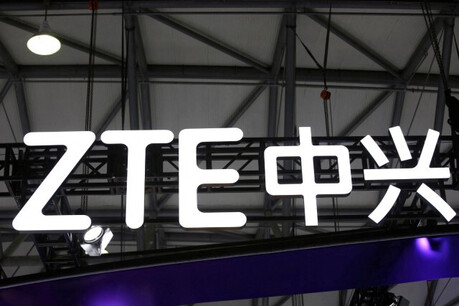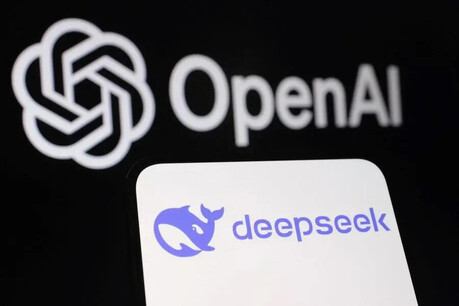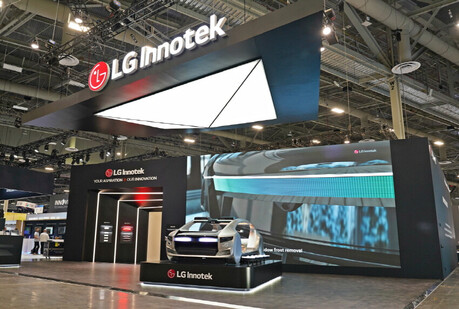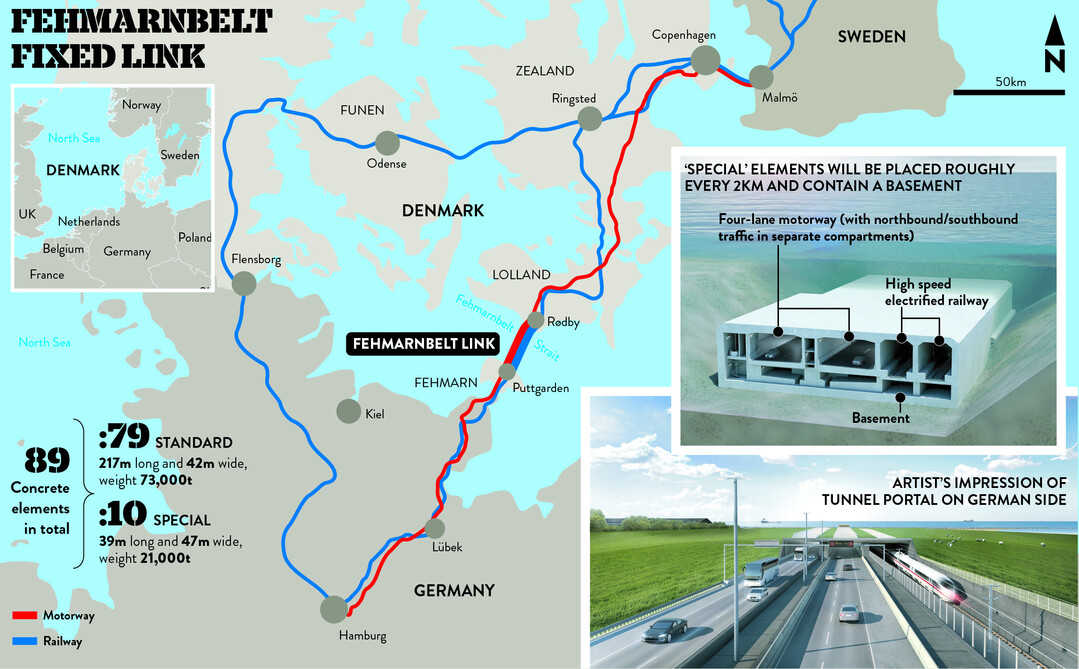
Lolland, Denmark - Construction is well underway on the groundbreaking Fehmarnbelt Tunnel, an ambitious 18-kilometer immersed underwater tunnel traversing the Baltic Sea between Denmark's Lolland Island and Germany. Upon its anticipated completion, this engineering marvel will stand as the world's longest pre-fabricated immersed tunnel, poised to become a pivotal artery in the transportation network connecting the Scandinavian Peninsula with mainland Europe.
More than just a subsea passage, the Fehmarnbelt Tunnel project represents a monumental feat of civil engineering, integrating cutting-edge technology and innovative construction methods. Unlike conventional bored tunnels, the Fehmarnbelt Tunnel employs an immersed method, involving the submersion and connection of 90 pre-cast concrete tunnel sections, known as "elements," manufactured on land. These colossal Lego-like blocks measure an impressive 217 meters in length and 42 meters in width.
"This project is about pushing boundaries," asserts Henrik Vincentsen, CEO of the Danish state-owned company Femern A/S, the driving force behind the initiative. "While immersed tunnels have been built before, the sheer scale of this undertaking is unprecedented." The choice of the immersed method was dictated by the region's challenging seabed conditions, primarily soft clay and chalk bedrock, which rendered traditional tunnel boring less feasible compared to projects like the 50-kilometer Channel Tunnel.
The project, carrying a total price tag of approximately €7.4 billion (roughly $8 billion USD), is primarily funded by the Danish government, with a significant contribution of €1.3 billion from the European Union Commission. This endeavor ranks among the largest infrastructure projects in Northern European history, forming a crucial component of the EU's broader strategy to bolster continental transportation networks and reduce reliance on air travel.
Once operational, the tunnel will drastically cut travel time between Rødbyhavn in southern Denmark and Puttgarden in northern Germany. The current 45-minute ferry journey will be replaced by a swift 10-minute car ride or a mere 7-minute train passage. Furthermore, a new rail line bypassing western Denmark is projected to halve the travel time between Copenhagen and Hamburg from the current five hours to just two and a half hours, promising a more environmentally friendly and efficient connection for both freight and passenger transport.
"This is not just about linking Denmark and Germany; it's about forging a vital connection between Scandinavia and Central Europe," emphasizes Vincentsen. "It's a win-win situation for everyone involved, and the 160-kilometer reduction in travel distance will also contribute to significant carbon emission reductions."
The coastline of Lolland Island, the project's central construction hub, is currently dotted with towering cranes. This area houses the tunnel element fabrication plant and a dedicated harbor. The manufactured elements are systematically transported and submerged into a dredged trench on the seabed.
At the tunnel's entrance, construction site manager Anders Geert Vedsted provides a glimpse into the future highway. Each element comprises five parallel tubes: two railway tracks, two lanes for vehicular traffic in each direction, and a service and emergency passage.
A massive steel gate at the tunnel's seaward end holds back the Baltic waters. "As you can see, it's very thick," Vedsted explains, tapping the metal. "The completed elements from the harbor will be slowly submerged behind this steel door and connected."
Remarkably, each of the over 73,000-tonne elements is buoyant enough to be towed by tugboats, thanks to watertight seals at both ends and ballast tanks. The delicate process of lowering these behemoths into the 40-meter-deep trench on the seabed with a precision of 15 millimeters relies on sophisticated underwater cameras and GPS guidance systems.
"We have to be extremely careful," Vedsted notes. "We use a 'pin and catch' system where V-shaped structures and arms grab the element and slowly pull it into its designated position."
The Danish Straits, situated at the entrance to the Baltic Sea, present a complex maritime traffic environment. The challenging seabed conditions, coupled with the heavy traffic and deep waters unsuitable for bridge construction, made the immersed tunnel solution the optimal choice, according to Per Goltermann, a professor of concrete and structural engineering at the Technical University of Denmark. "Considering both economy and safety, the immersed tunnel was the most sensible option," he stated.
While Denmark and Germany signed the tunnel construction agreement in 2008, the project faced hurdles due to objections from ferry operators and environmental organizations. Notably, the German Nature and Biodiversity Conservation Union (Nabu) raised concerns about the potential impact on the habitat of marine mammals like seals and the larvae of marine life, citing sensitivity to underwater noise. However, in 2020, the German Federal Administrative Court dismissed their lawsuit, clearing the way for construction to proceed.
"We have put significant effort into minimizing the environmental impact of this project," Vincentsen emphasizes, pointing to the planned creation of a 300-hectare wetland nature and recreation area using dredged sand and stone.
Upon the tunnel's anticipated opening in 2029, Femern A/S projects over 100 trains and 12,000 vehicles will utilize the link daily. Toll revenues will be used to repay the government bonds issued to finance the construction, with Vincentsen estimating a repayment period of approximately 40 years. "Ultimately, the users of the tunnel will bear the cost," he remarks.
Furthermore, this substantial investment is expected to inject significant economic vitality into Lolland Island, a historically less prosperous region of Denmark, fostering job creation, economic growth, and tourism. Vedsted, who grew up on Lolland, conveys the local community's anticipation: "The people here have been waiting for this project for a long time. We are eagerly awaiting the influx of new businesses into the area."
The Fehmarnbelt Tunnel transcends mere physical connection; it is poised to be a significant catalyst for economic and social integration between Scandinavia and continental Europe. This innovative project sets a new benchmark for future international transportation infrastructure and represents a crucial stride towards sustainable development.
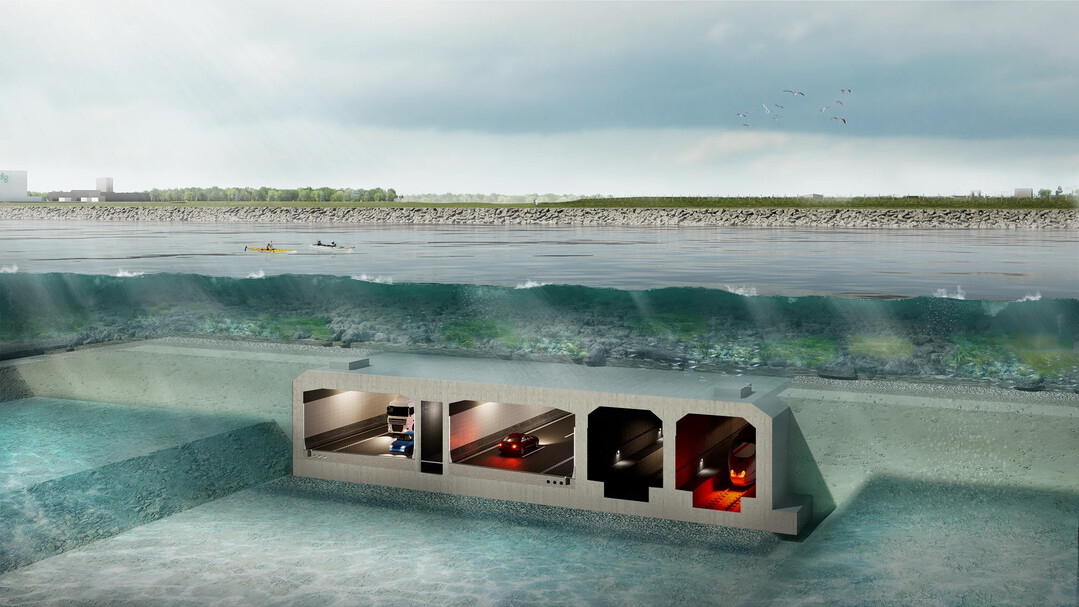
[Copyright (c) Global Economic Times. All Rights Reserved.]
















